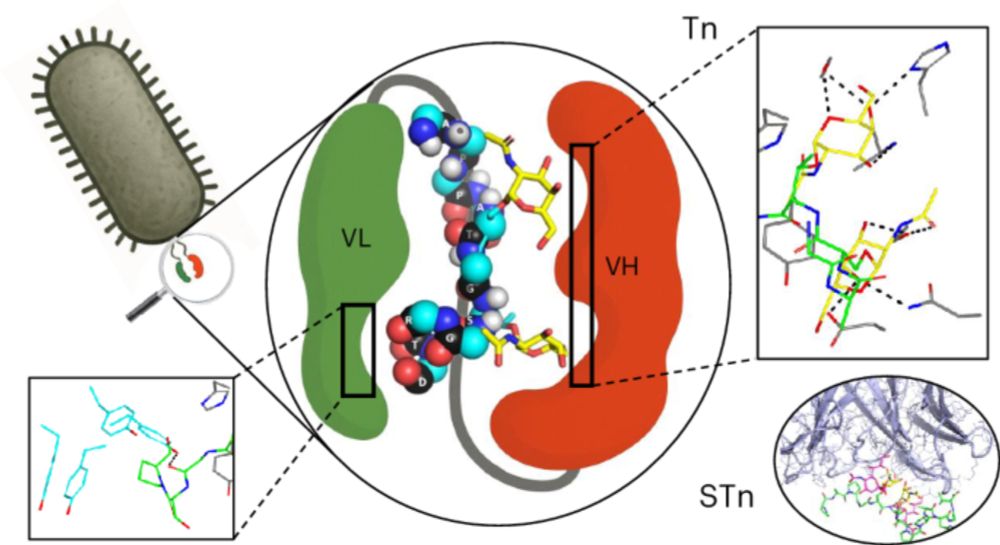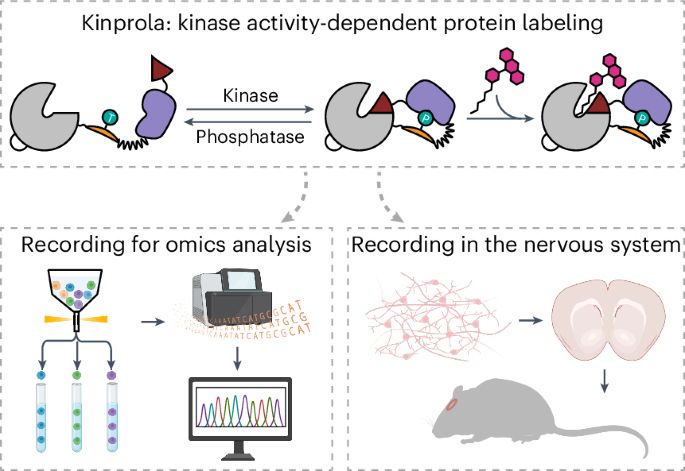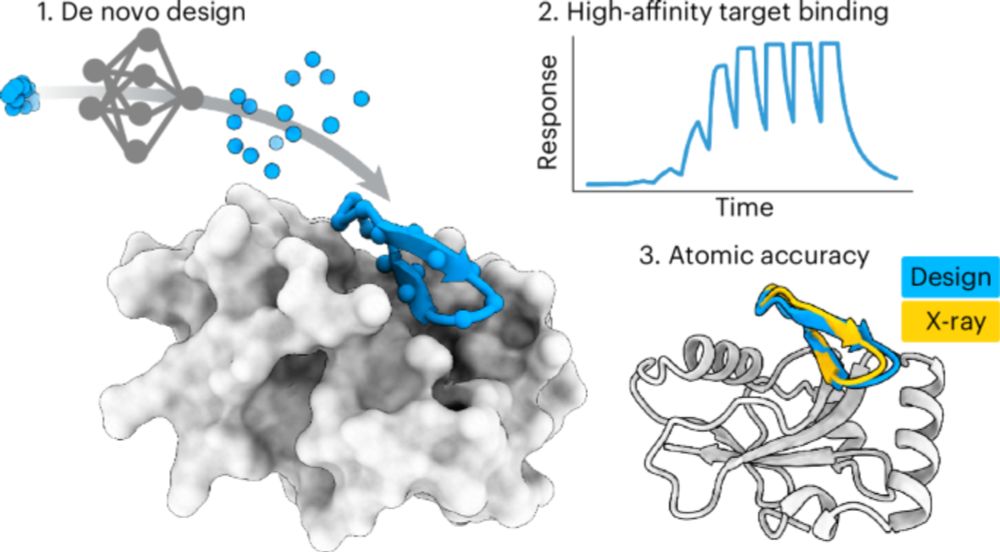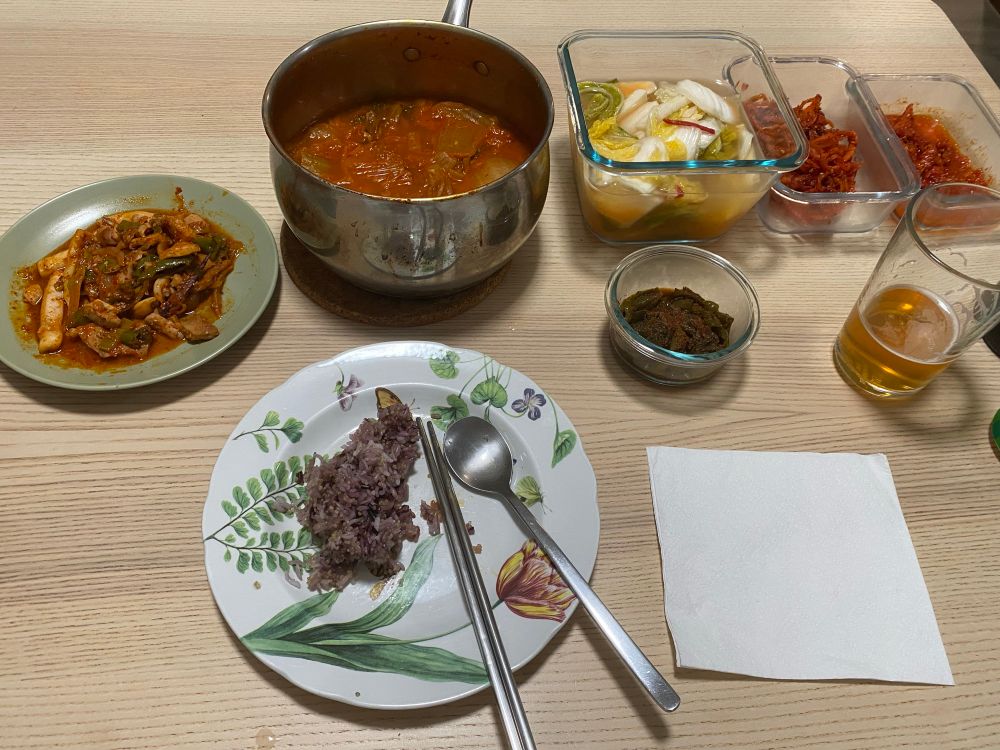Gene Chong
@chongg.bsky.social
2.1K followers
1K following
63 posts
Senior Editor at Nature Chemical Biology handling #glycotime, #lipidtime, immunology, microbiology, protein engineering, #synbio, #computational. Formerly a comp chemist simulating various things. Based in DC.
Posts
Media
Videos
Starter Packs
Gene Chong
@chongg.bsky.social
· Sep 8

Real-time visualization of STAT activation in live cells using genetically encoded biosensors - Nature Chemical Biology
The signal transducer and activator of transcription (STAT) family proteins are attractive drug targets but tools to monitor their activation are lacking. Now, STAT biosensors have been developed for ...
www.nature.com
Gene Chong
@chongg.bsky.social
· Aug 27

An unbiased proteomic platform for ATE1-based arginylation profiling - Nature Chemical Biology
Arginylation is a post-translational modification that is difficult to distinguish from arginine residues using mass spectrometry. Now a method has been developed to profile protein arginylation ex vi...
www.nature.com
Gene Chong
@chongg.bsky.social
· Aug 1

Structure-guided phage display discovery of antibodies for (S)Tn-glycans in protein context - Nature Chemical Biology
Structural studies of certain Tn and STn antigen-targeting antibodies reveal that their VH and VL domains recognize the glycan antigen and the adjacent peptide region, respectively, enabling a VH doma...
www.nature.com
Gene Chong
@chongg.bsky.social
· Jul 28

Mechanism of capsaicin entry into buried vanilloid sites in TRPV1 - Nature Chemical Biology
The primary entry route of vanilloid ligands to the vanilloid-binding site in transient receptor potential vanilloid 1 (TRPV1) is found to be a distinct and targetable hydrophobic pathway at the TRPV1...
www.nature.com
Gene Chong
@chongg.bsky.social
· Jul 15

Protein β-O-glucosylation by Legionella LtpM through short consensus sequons G-T/S and S-G - Nature Chemical Biology
Legionella effector LtpM is found to recognize short two-residue sequons, enabling site-specific O-glucosylation with minimal perturbations to a target protein, and is used to show that O-glucose can ...
www.nature.com
Reposted by Gene Chong
Kai Johnsson
@kjohnsson.bsky.social
· Jul 10

Molecular recording of cellular protein kinase activity with chemical labeling - Nature Chemical Biology
Molecular recorders based on kinase activity-dependent protein labeling track specific kinase activities to understand their link to cellular phenotypes in heterogeneous cell populations and in vivo.
www.nature.com
Gene Chong
@chongg.bsky.social
· Jun 23

Accurate de novo design of high-affinity protein-binding macrocycles using deep learning - Nature Chemical Biology
A method for de novo design of peptide macrocyles called RFpeptides has been developed. RFpeptides is an extension of RoseTTAFold2 and RFdiffusion and combines structure prediction and protein backbon...
www.nature.com
Gene Chong
@chongg.bsky.social
· Jun 17

Functional targeting of membrane transporters and enzymes to peroxisomes - Nature Chemical Biology
A modular protein engineering strategy was developed to shuttle transporters and integral membrane enzymes folded in the endoplasmic reticulum to the peroxisomal membrane. This approach expands the re...
www.nature.com
Gene Chong
@chongg.bsky.social
· Jun 13
Gene Chong
@chongg.bsky.social
· Jun 13

Repurposing salicylic acid as a versatile inducer of proximity - Nature Chemical Biology
A highly compact chemically induced proximity system dependent on salicylic acid or aspirin enables control of biological processes and cellular therapeutics using an over-the-counter drug with minima...
www.nature.com
Gene Chong
@chongg.bsky.social
· Jun 13

A SAMBA for chemically induced proximity - Nature Chemical Biology
SAMBA, a new chemically induced proximity system, overcomes the cost, complexity and reversibility challenges of such systems by precisely controlling protein interactions in a biocompatible manner me...
www.nature.com
Gene Chong
@chongg.bsky.social
· Jun 7
Gene Chong
@chongg.bsky.social
· May 28

Eukaryotic ADCY7 catalyzes the production of c-di-AMP to activate the NLRP3 inflammasome - Nature Chemical Biology
Cyclic dimeric adenosine monophosphate is found to be a second messenger in eukaryotic cells that is generated by adenylate cyclase 7 and connects Toll-like receptor 9 stimulation to nucleotide-bindin...
www.nature.com
Gene Chong
@chongg.bsky.social
· Apr 14

Temporal oscillation of phospholipids promotes metabolic efficiency - Nature Chemical Biology
Temporal oscillations in the abundance of different phospholipid species during the yeast cell cycle are reported, suggesting regulation and interplay of phospholipid synthesis, membrane fluidity and ...
www.nature.com
Gene Chong
@chongg.bsky.social
· Apr 14

Single-step discovery of high-affinity RNA ligands by UltraSelex - Nature Chemical Biology
A method called UltraSelex for identifying RNA aptamers has been developed. UltraSelex is noniterative and can combine biochemical partitioning, high-throughput sequencing and computational signal-to-...
www.nature.com
Reposted by Gene Chong












